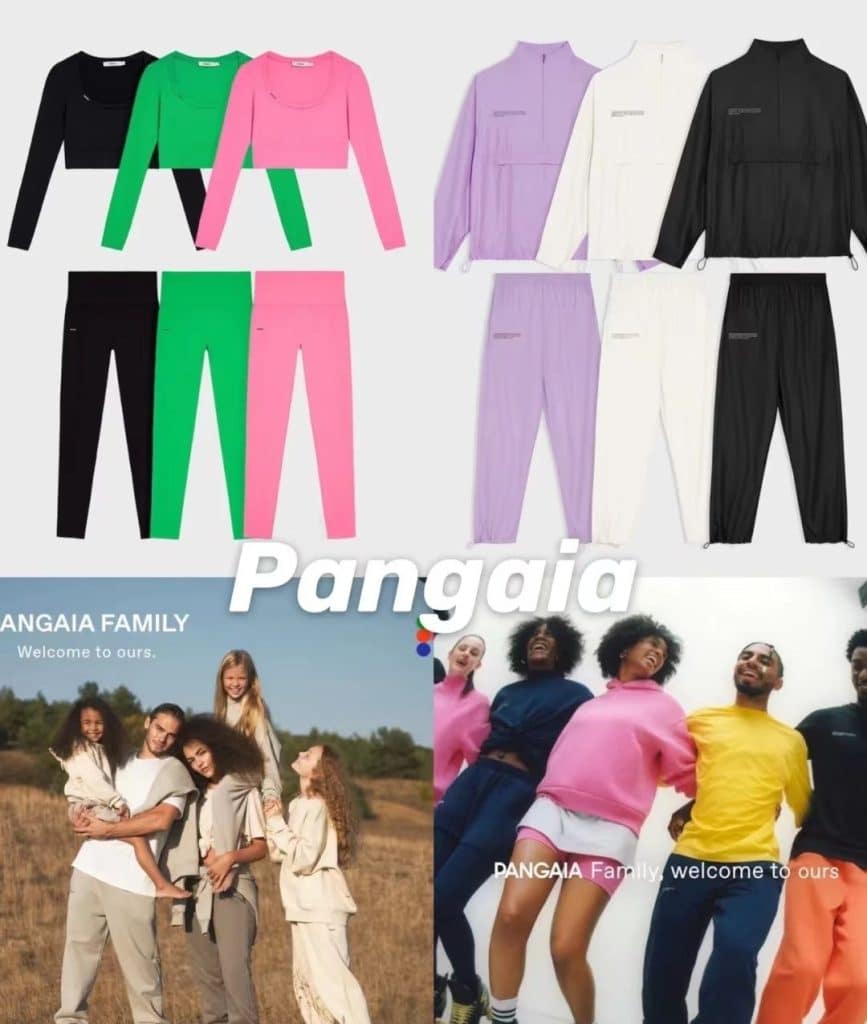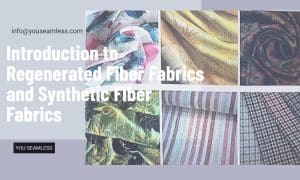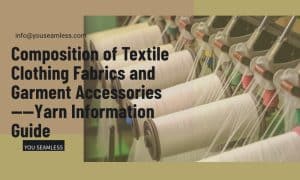Today, people pursue sustainable development and recycled activewear has become a hot topic in the fashion industry. This article will introduce what is recycled clothing and explore its value and give you some purchasing suggestions.
What is recycled activewear?
Recycled activewear refers to activewear made of recycled fiber materials. The waste, waste textiles, plastic bottles and other waste materials can all be processed into new fibers to make new sportswear. The production process of such sportswear can reduce the demand for new raw materials, thereby reducing resource consumption and reducing environmental impact. At the same time, the recycled sportswear has the same function, and design as traditional sportswear but more environmentally friendly. By choosing recycled sportswear, we can actively participate in environmental protection actions and reduce the negative impact on the environment.
Recycled polyester activewear
Recycled polyester fiber is an environmentally friendly fiber material. It is made from recycled plastic bottles or waste textiles. It can reduce resource waste and environmental pollution. The production process of recycled polyester fibers not only reduces the demand for petrochemical raw materials but also reduces waste emissions.
Regenerated polyester fibers have similar characteristics to traditional polyester fibers, including durability, wrinkle resistance, and rapid drying. It can be used to make all kinds of sportswear, such as sweatshirts, sweatpants, sports jackets, etc. Regenerated polyester fiber clothing is comfortable, lightweight, and breathable. It is very suitable for sports and outdoor activities.
In short, as a sustainable fiber material, recycled polyester fiber provide more choices for the sportswear industry. It reduces the demand for new resources and reduces the burden on the environment by recycling and utilizing waste. Choosing recycled polyester activewear is not only meet the environmental awareness but also have comfortable wearing experience.
How to choose recycled activewear?
Choosing recycled fabric activewear is a way to actively participate in environmental protection actions and support sustainable development. Here are some guidelines to help you make informed decisions when choosing recycled activewear:
- Materials: Sportswear with sustainable fabrics is preferred. These fabrics can be Organic cotton, recycled polyester fiber, Bamboo textile, etc. Avoid using traditional Synthetic fiber materials, such as polyester, nylon, etc., because they usually have a high environmental burden.
- Certification Mark: Looking for sustainable certification marks such as the Global Organic Textile Standard (GOTS), Blue Angel logo, OEKO-TEX ® STANDARD 100, etc. These certification marks indicate that the clothing has undergone strict environmental and social requirements review and meets sustainable standards.
- Supply chain transparency: select the sportswear brands or manufacturers that can provide supply chain transparency information. This means they can track the source and production process of the product, and ensure compliance with environmental and social responsibility standards.
- Durability and quality: choose durable and high-quality sportswear, which can extend the life of clothing and reduce the demand for new clothing. Durable clothing typically withstands prolonged use and frequent cleaning, which means you don’t need to change clothing frequently.
- Brand Selection: Choose brands that are committed to sustainable development and environmental action. Understand the brand’s values, production methods, and social responsibility, and support brands that actively adopt environmental measures.
Recycled activewear brand
Here are some recommendations for recycled activewear brands:
-
Adidas×Stella McCartney
The high-performance recycled materials used are made of Parley Ocean Plastic and PrimeGreen recycled polyester, presenting fashionable sportswear tops, shorts, and sneakers. The brand promises to stop using native plastics and pay attention to reducing the use of water and energy during the production process.
-
Boody
Boody is a certified sustainable Sportswear brand, and every kind of material fiber is integrated with the concept of ecological and environmental protection. Boody also has a zero-waste production system. They will also donate a portion of their sales to non-profit organizations to improve social issues.
-
Prana
Since its establishment in 1992, the brand has been committed to high standards of sustainable and ethical practices. They use recycled wool and Organic cotton with Fairtrade certification, and do not use any materials with animal ingredients.
-
Pangaia
The brand not only continuously innovates in material usage, but also has high product quality and style appearance, making it a “luxury” among sustainable brands. The use rate of sustainable materials is also very high, and they are also advocates of ethical factories and Animal welfare.
-
Indigo Luna
The brand uses recycled or organic materials for manufacturing to prevent excessive waste in the ecosystem. They also use ECONY to regenerate nylon waste into usable fabrics.













